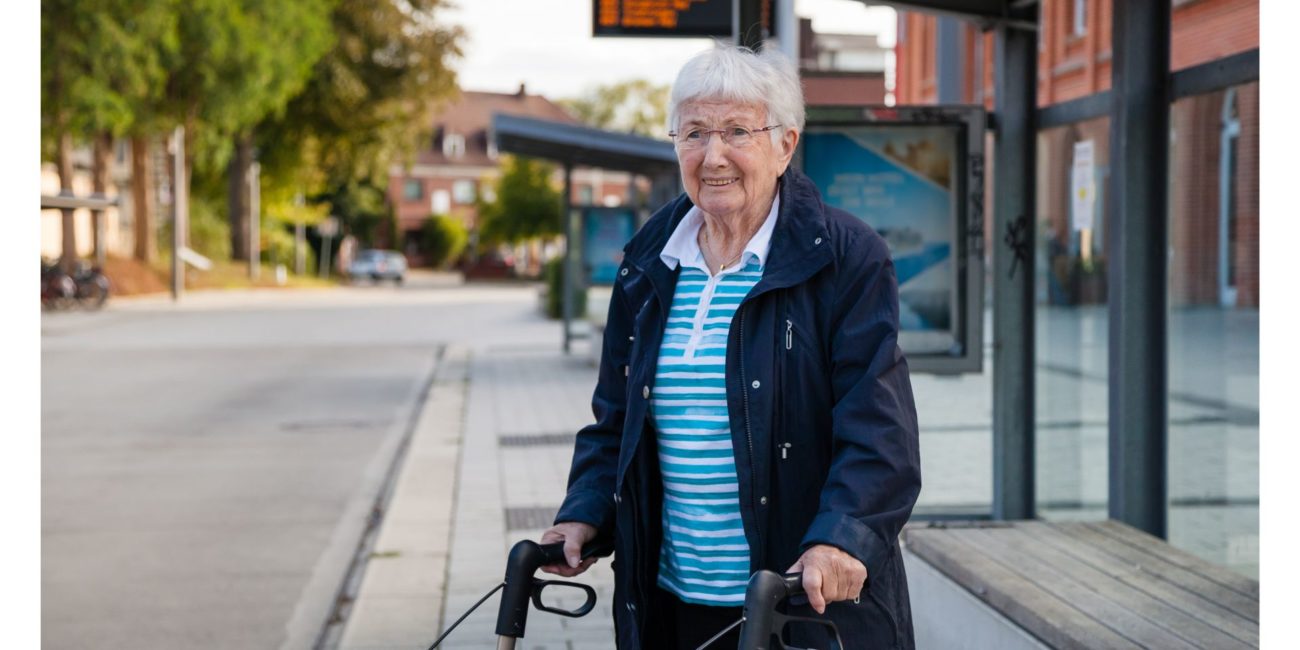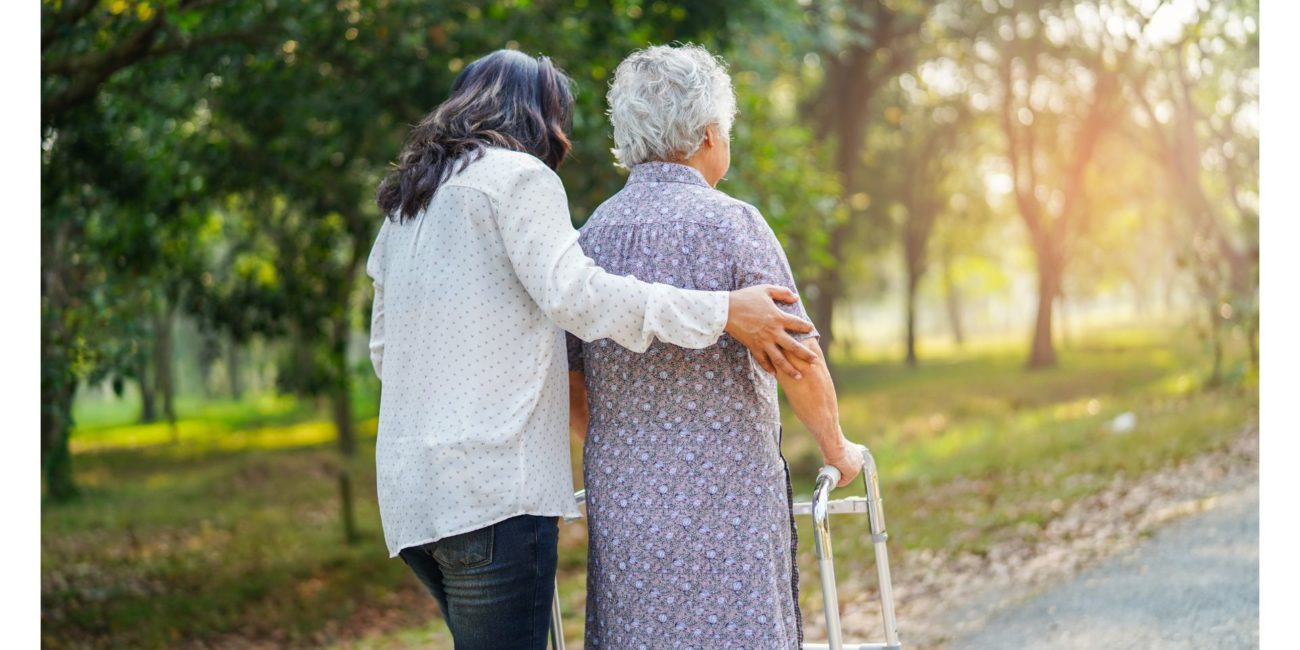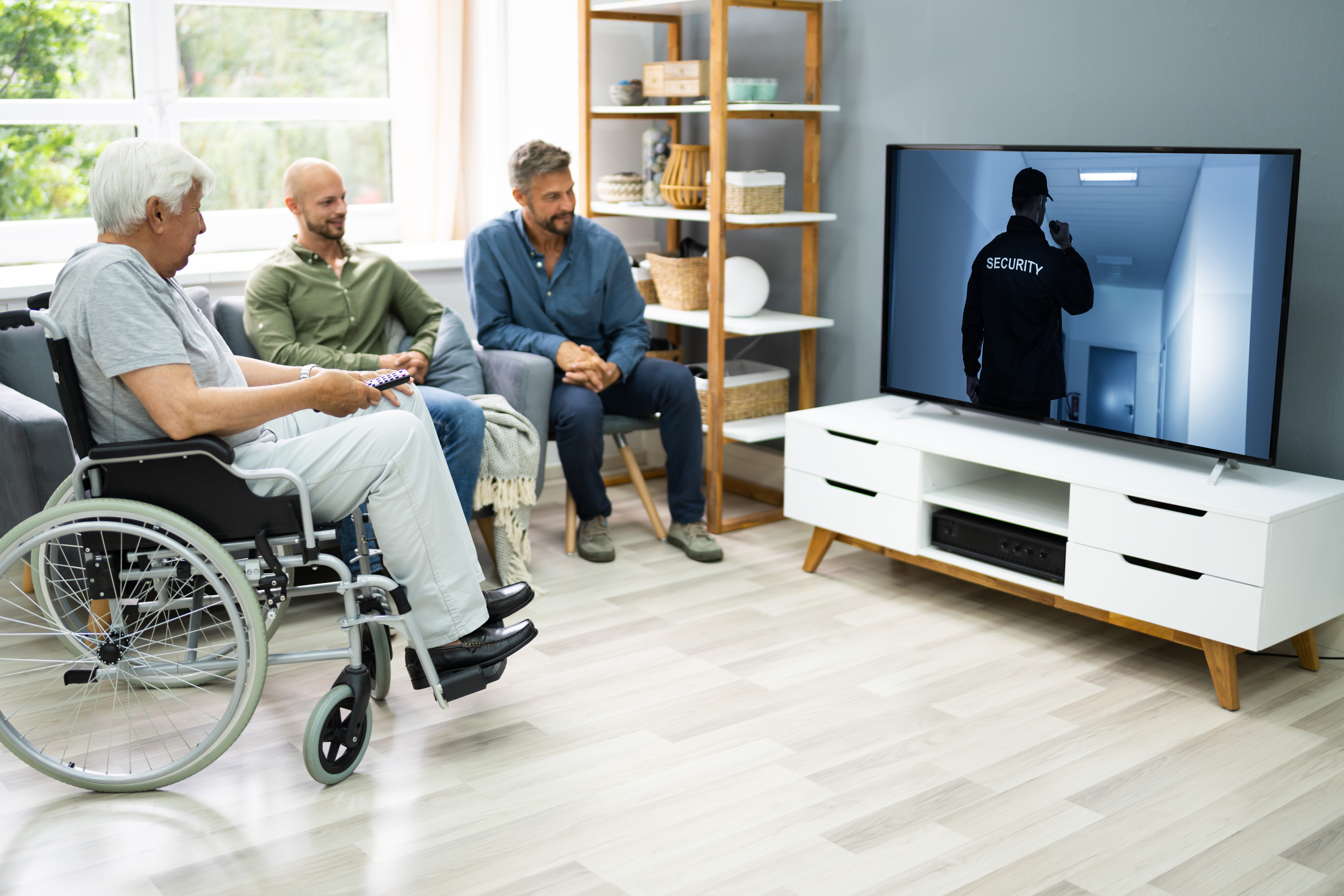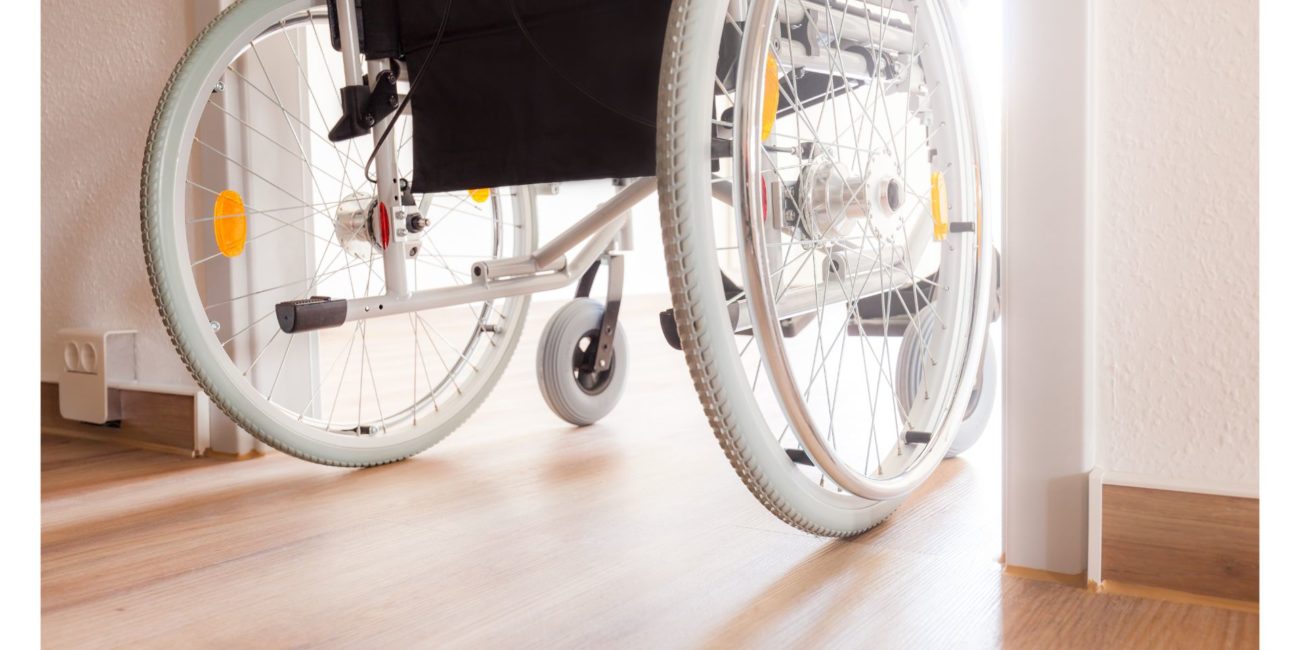Parkinson’s Disease (PD) is a neurodegenerative disorder, meaning that the patient’s condition will decline over time. There is currently no known cure to effectively stop or slow down the disease. It is important for us with loved ones with PD to understand that changes to the living environment will more than likely change over time. As our aging adult’s abilities change, their needs will also evolve. Adaptations that work today or next month will need to be reviewed regularly.

General Safety Concerns
The safety and function of the patient should be the primary goal. The stage of the disease that they fall into will dictate the extent of these guidelines and advice. Falls should be a primary concern; 38% of loved ones diagnosed with this disease will fall every year. These falls can result in significant injuries and lead to head, muscle, bone, and organ trauma that can be debilitating. Occasionally, this may result in the senior being bedridden for the rest of their life or inducing a set of serious health complications.

Making Space
Avoiding clutter is a must for safety. Concentrate on reorganizing clutter-prone areas like medicine cabinets, closets, and kitchen cupboards. Placing all items between hip height and eye level is key to avoiding unnecessary bending, reaching, and lifting. Consulting a PT or OT may help each family determine which movements are safe for them.
As we know, people who live with PD often use assistive devices to help them move around, such as canes, walkers, rolling walkers, and wheelchairs. Depending on the stage of the disease, a PD-specific walker, such as a U-step or an UP Walker Lite, might be much more appropriate. These devices are incredibly stable and fit the physical limitations and control of a PD parent. Finding the right device fit for the individual is of the utmost importance.
It is essential to facilitate movement around the living space by clearing all pathways and hallways to make them as wide as possible, allowing them to maneuver well. To allow for that, remove or rearrange furniture where needed. Furniture should be well spaced out, allowing for freedom of mobility as much as possible. Consider using various methods to secure furniture to the ground to avoid it getting bumped out of place.

Adjusting Living Space for Parkinson's
If a loved one uses a wheelchair, all furniture should be placed at least 5.5 feet apart, which is the minimum distance to ensure that a 360° turn can be completed.
The most essential and most natural change to make is ensuring the floor and carpeting are even and not too thick to provide safe maneuvering of assistive devices and prevent tripping over thresholds. Hard flooring surfaces are not recommended as they can quickly become slippery. It is also advisable to remove as many throw rugs as possible. Limiting the number of rugs is ideal, with each rug having taped-down corners. Moreover, non-slip mats should always be placed under rugs.
We can make sure that all rooms are accessible in one path so that our loved ones do not have to go through a maze of furniture and debris. It might be tough to change this, but decorative objects can represent a significant tripping hazard and lead to a fall. Items such as floor vases, statues, and side tables should be avoided as they can be challenging to navigate around. A possible compromise could be placing them against the wall well outside the main path and walkway.
Ideally, only chairs with armrests to assist a parent in transfers. Those with advanced PD might benefit from adjustable or mechanical chairs, like a recliner. Ideally, these would be used as a last resort, as they will only make our loved ones weaker from not using their muscles and joints as much as they would with traditional furniture. A secure method to allow a parent to use a pre-existing chair with a lower seat is to add a firm seat cushion, adding the additional needed height to the chair.

Lighting & Entrances
Lighting in the home plays an essential role in safety, and all places in the house should be well lit to ensure they can see their path correctly and avoid running into walls or furniture. Floor lamps should be kept out of the way to prevent tipping and ensure no electrical cords of any kind in the path.
Installing motion or voice/noise-activated light sensors may also be a great option throughout the house to provide necessary lighting at any time, with no need to reach for a switch. New technologies, such as Wi-Fi-operated lights, are becoming more ubiquitous and can present great solutions for parents.
Widening doorways and altering access pathways will make a big difference in mobility. Consider removing door stops to allow for an extra inch of width between doorways. Doorway access should be ideally 36 inches wide but no less than a diameter of 30 inches.
Using offset door hinges on the door will also allow for two extra inches of space without the time, effort, and expense of modifying the door frame. Please note that stairs are a common location for falls for homes with stairs, especially if inappropriately lit.
Installing handrails is a must for anyone living with Parkinson’s. Ideally, both sides should have rails, but depending on the mobility and strength of the person, railings on one side might suffice. Also, consider the surface of the stairs: if they are wood stairs, they may be very slippery, and covering them with skid-resistant texture may be helpful.




Leave a Reply